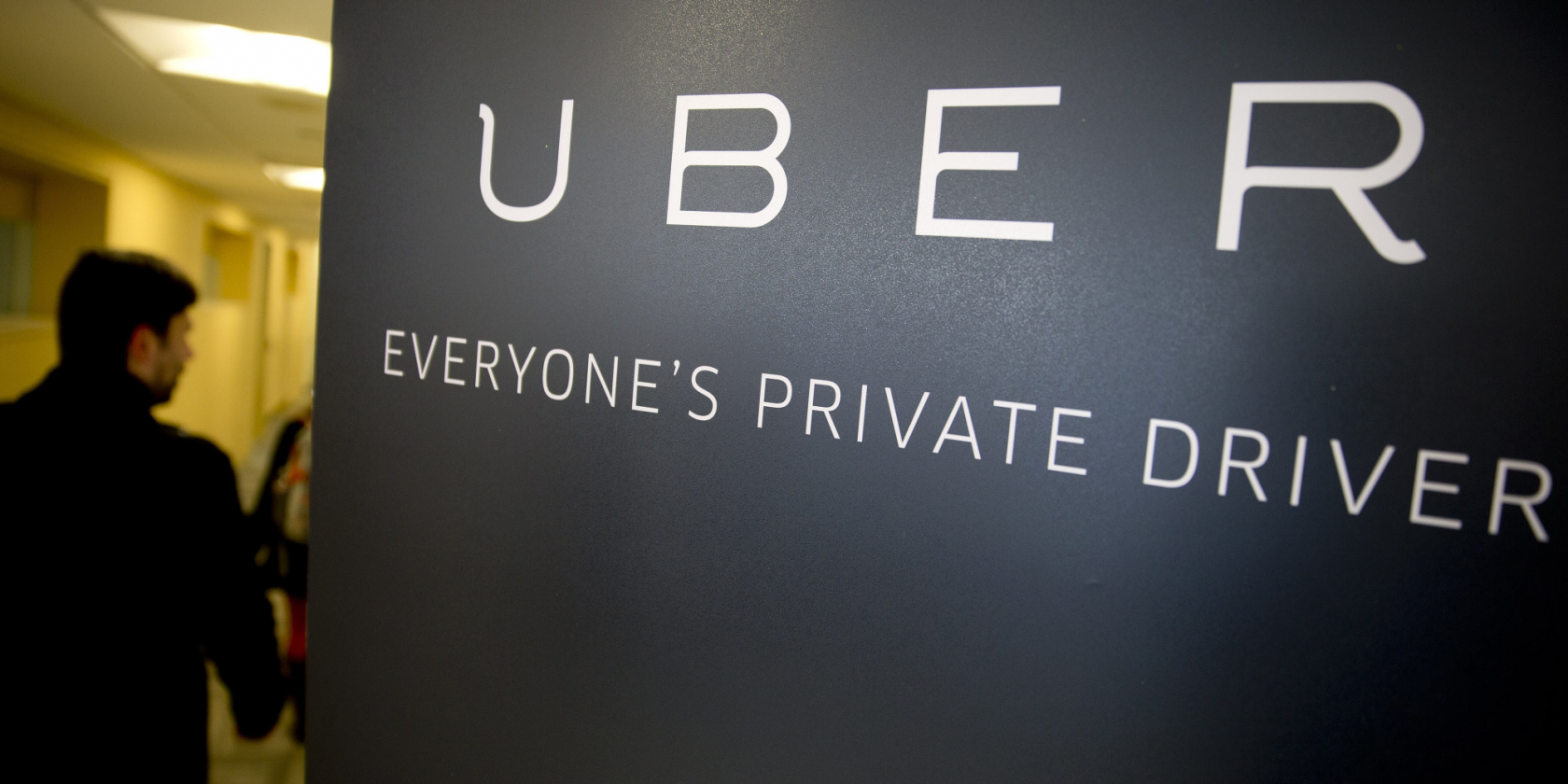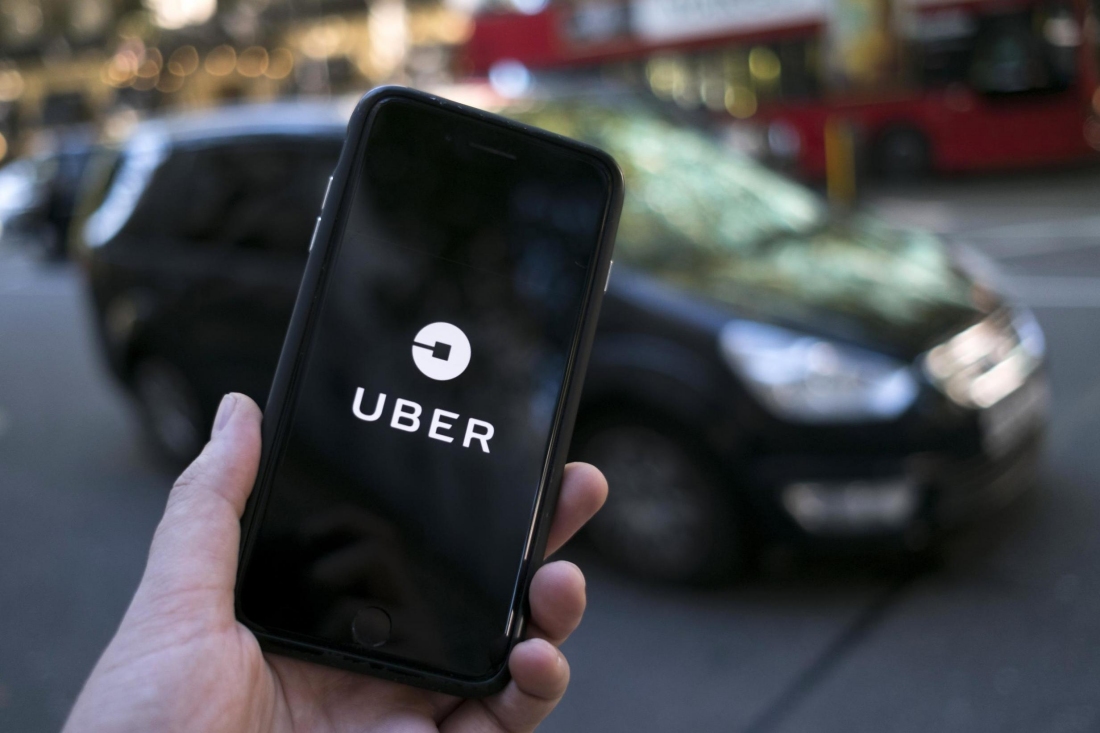Bottom line: Uber has created a very tiny app that will eventually be deployed globally. Users in certain countries cannot afford massive amounts of storage or mobile data, which is why Uber Lite has been introduced.
High-end smartphones are readily available in a handful of countries, but many residents cannot afford to buy expensive devices regularly. With removable storage absent from many phones, spending more upfront is the only way to gain more usable space aside from deleting existing content. Ride-hailing company Uber has recognized that not everyone has a few extra gigabytes just waiting to be used.
Uber Lite is a slimmed down version of Uber's standard ride hailing app. It has been designed in India with intent to work globally, and the app's key feature is that it takes up just 5MB of space. Core functions such as being able to share trips with family and friends are still supported.
Calling for an Uber is meant to be easier with a redesigned interface. Given that the app is intended for areas with poor phone reception and those with little data usage to spare, Uber has taken these problems into consideration.

One change is the introduction of guided pickups. Location detection via GPS is the primary means of identifying your pickup point. Should location services fail to obtain your current location, the end user can pick a nearby tagged location instead of having to type out an address.
Popular destinations are automatically cached within the app so that fewer searches needing data are performed. Over time, the more the app is used the less data is required to set pickup and drop off points. Notably, maps are never shown to the user unless one is specifically requested. Instead, a progress bar is shown to users to help determine when a driver will arrive.
Uber Lite is now available in India and will be expanding to other countries later this year. The app is only available on Android with no apparent plans to bring it to iOS. After all, the target market of the app is not expected to being using expensive devices.
